Winter is approaching, making it a great time for hot pot. For Japanese people, hot pot is always present in a family reunion, and it is also an indispensable dish at banquets. Widely known Japanese hot pot dishes include sukiyaki (beef and vegetable stew prepared by adding seasonings like soy sauce, cooking wine, and sugar to the broth in an iron pot) and shabu-shabu (sliced meat parboiled with vegetables and eaten with dipping sauce).
Depending on the region, hot pot also reflects the characteristics of the local area!
This article will introduce the history of Japanese hot pot, the top 5 Japanese hot pot dishes, and several recommended restaurants to help you gain a deeper understanding of Japanese hot pot.
A Brief History of Japanese Hot Pot
In the past, foods were cooked in a large pot and then distributed to everyone, unlike how we gather around a hot pot and eat from it directly nowadays.
During the Edo period, "small pot" cuisine (cooking food in a small pot on a small stove while eating at the same time) appeared in cities. As the Meiji Restoration brought in foreign culture, the ban on meat imposed by Buddhism was removed completely. "Beef pot" restaurants began to emerge in the Tokyo and Yokohama areas and the dish gained popularity among common folk. It was similar to sukiyaki, with the difference being the thickness of the beef used—sliced for sukiyaki, and chunky for beef pot.
Influenced by foreign culture, Japanese hot pot then changed from the small pot cuisine intended for a single person to one that is enjoyed by the whole family together.
Next, let's check out some hot pot dishes found in different parts of Japan!
1. Hokkaido: Ishikari Nabe
Since the Edo period, Ishikari nabe has been a common dish among fishermen in Hokkaido. It is prepared by simmering together pieces of fresh salmon, fish bones, vegetables, and miso, and is seasoned with Japanese pepper as the delicious bone broth thickens to produce a rich flavor. Some families will also add in sake kasu (lees from the production of Japanese wine) or cream/butter. It is said that consuming miso, a fermented food, or salmon can have a warming effect on the body!
2. Akita: Kiritanpo Nabe
Kiritanpo is a local delicacy of Akita, made by shaping rice into cylinders and then grilling them as skewers. Simmer them with other ingredients like burdock root, maitake mushroom, and celery in a stock made from local Hinai chicken bones, then top it all off with soy sauce as seasoning, and you get kiritanpo nabe—ready to serve! Cooked kiritanpo is chewy, while the soy sauce soup base is not oily and has a light and refreshing taste.
3. Ibaraki: Anko Nabe
There is a Japanese saying that goes, "Monkfish of the east, pufferfish of the west"; the former refers to the famous anko nabe of Ibaraki. Its soup base is usually soy sauce or miso, and it is prepared by cooking monkfish liver till it melts in the broth, and then putting in fish meat that is plump and soft. Although monkfish does not look appealing, everything except its bones can be eaten, and each part has a different taste. Anko nabe is not only delicious, but also rich in collagen and various vitamins—a nutritious dish indeed!
4. Hiroshima: Kaki-no-Dote Nabe
To prepare kaki-no-dote nabe, a layer of miso must first be spread along the edge of the pot like a dam (dote), followed by the cooking of oysters and vegetables in a stock. During the process, the miso will slowly melt into the soup base. It is possible to make adjustments to the flavor and shade of the overall dish according to your taste. It is best eaten when it is boiling and bubbling. The juicy and plump oysters are said to be good for the blood and can help relieve the problem of cold hands and feet because they are rich in iron. Together with miso, a fermented food that can warm the body, the effects can be even greater.
5. Fukuoka: Motsu Nabe
Motsu nabe, a local cuisine of Hakata, Fukuoka, originated from a dish created after World War II in which cow innards and Chinese chives are cooked together in an aluminum pot. Cow innards are rich in vitamins and proteins while low in calories, giving rise to the praise that there is no need for a doctor as long as people eat them. Chinese chives and garlic are two other major ingredients in this dish that can vitalize and warm the body. Depending on the restaurant, a wide range of soup bases are available, including miso, salt, and soy sauce—it might be a good idea to try them all and compare!
Below are 4 featured restaurants offering Japanese hot pot dishes.
Jingisukan Daruma 4.4 Branch
Established in 1954, Jingisukan Daruma is a long-standing restaurant that is loved by many. For the sake of their loyal customers who show their support all year round, the restaurant procures fresh ingredients every day to make their savory sauce. The 4.4 branch opened in August 2009; even after expanding into 4 branches, the quality remains as high as ever. From past to present, no matter what happens, the restaurant is committed to providing customers with the best meat dishes at all times.
Jingisukan Daruma 4.4 Branch
Open: 5:00 pm - 3:00 am (L.O. 2:30 am)
*These times differ depending on the branch! Daruma 6.4 Branch is open until 5:00 am (L.O. 4:30 am)!
Closed: None
Address: Minami 4-jo Nishi 4, Chuo-ku, Sapporo-shi, Hokkaido (
Map)
Source:
In Traditional Chinese only Ise-gen
Located in Awaji-cho, Tokyo, Ise-gen is a monkfish specialty restaurant established in 1830. They source fresh monkfish from Okiura in Kazama, Shimokita Peninsula in Aomori Prefecture. Their signature dish [Anko Nabe] offers a taste of all "7 treasures of monkfish" - the body, liver, skin, fin, stomach, ovaries, and gills - for customers to enjoy. The soy sauce soup base, which is passed down through the generations, is the secret to this dish, and the constant simmering serves to enhance the flavor. Why not order their [Anko Nabe] and have a taste of winter while taking in the restaurant's quaint atmosphere?
Ise-gen
Open: [Weekdays, Day before National Holidays] Lunch 11:30 am - 2:00 pm (L.O. 1:30 pm), Dinner 5:00 pm - 10:00 pm (L.O. 9:00 pm)
[Saturday, Sunday, National Holidays] 11:30 am - 10:00 pm (L.O. 9:00 pm) *Runs for the whole day on weekends and national holidays
Closed: None
Address: 1-11-1, Kanda Suda-cho, Chiyoda-ku, Tokyo
MapMore Details Motsukou
Motsu nabe is a wildly popular local cuisine of Hakata, and the restaurant Motsukou is a taxi drivers' favorite. This well-established restaurant which specializes in motsu nabe opened in 1978. Back then, other restaurants would use soy sauce or salt to prepare the base of their motsu nabe, but Motsukou offered a chicken bone stock alternative, accompanied by a soy sauce and vinegar dipping sauce. More than 40 years have passed since, and the dish still stands unchallenged. Apart from 4 types of cow innards (small intestine, tripe, red tripe, heart), dumpling wrappers are put on top of the dish, making it all the more unique. Aren't you interested in giving it a try?
Motsukou
Open: [Weekdays, Saturday, Day before National Holidays] From 5:00 pm (L.O. 11:30 pm)
[National Holidays] From 5:00 pm (L.O. 10:30 pm)
Closed: Sunday
Address: 7-14, Tsunaba-machi, Hakata-ku, Fukuoka-shi, Fukuoka
MapMore Details Reservation Kyobashi Basara
This Japanese restaurant is founded by Hirohisa Koyama, the chef of the famous traditional Japanese restaurant Aoyagi. Their signature dish is [Tomato Sukiyaki], which can be paired with various featured wines like the popular Dassai, Narutotai of Tokushima Prefecture, and other Japanese sake and foreign wine. The restaurant offers a wide range of dishes, such as kaiseki (traditional Japanese course cuisine), teppanyaki (ingredients grilled on an iron griddle), and Edomae sushi, and customers can choose to enjoy their meal at the bar counter or dining tables.
Kyobashi Basara
Open: [Weekdays, Saturday, National Holidays, Day before National Holidays] Lunch 11:00 am - 3:00 pm (L.O. 2:00 pm), Dinner 5:30 pm - 11:00 pm (L.O. 10:00 pm)
Closed: Sunday
Address: 1F, Tokyo Square Garden, 3-1, Kyobashi, Chuo-ku, Tokyo
MapMore Details Reservation After reading about the history of Japanese hot pot, some unique hot pot dishes, and recommended restaurants, you are now familiar with the cuisine!
When you visit Japan next time, do remember to sample all kinds of hot pot, be it the good old sukiyaki and shabu-shabu or local versions of hot pot!
Disclaimer: All information is accurate at time of publication.

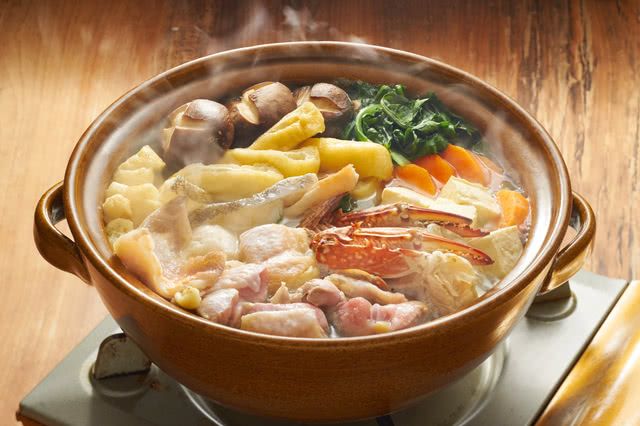
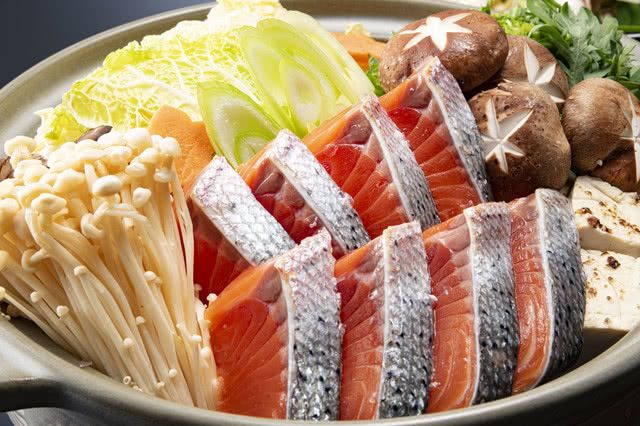
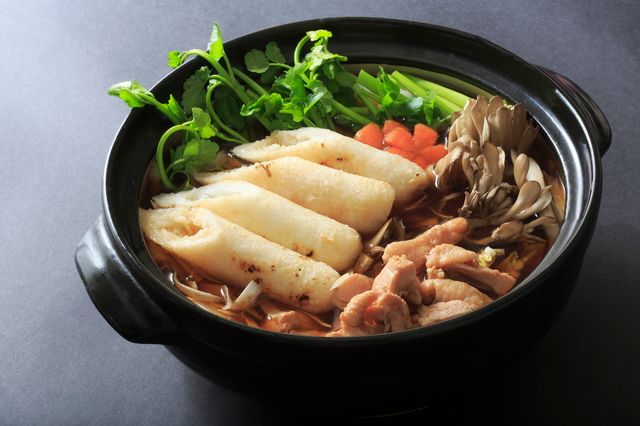
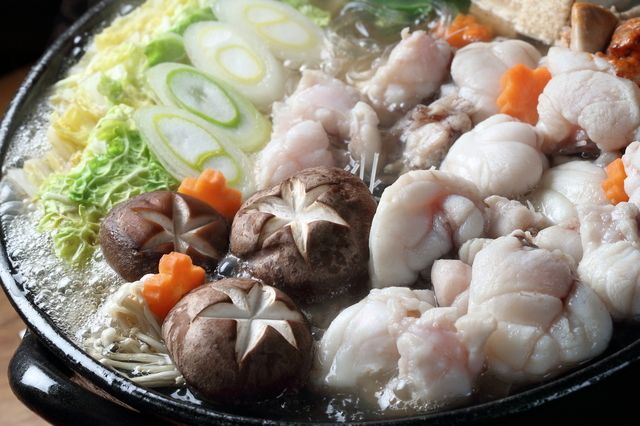
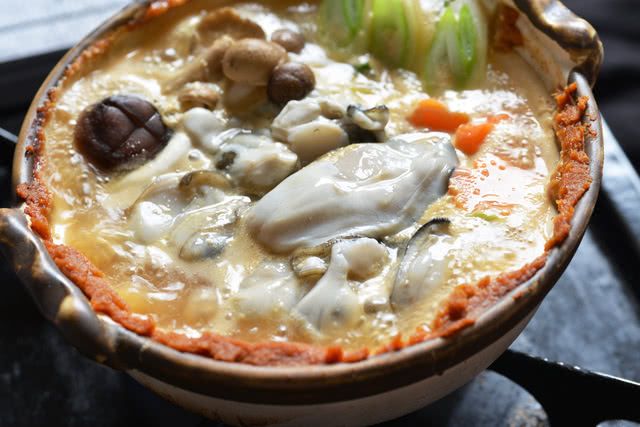
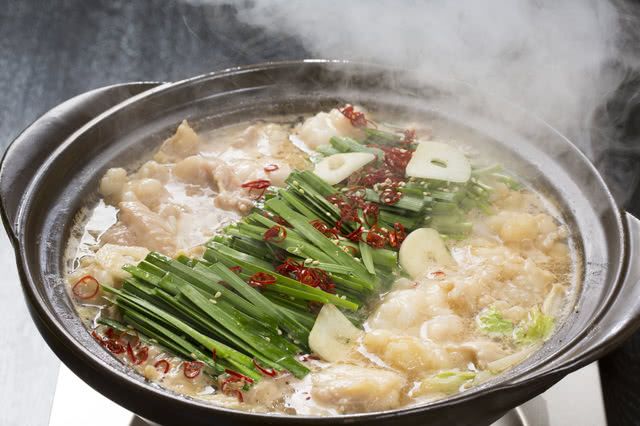
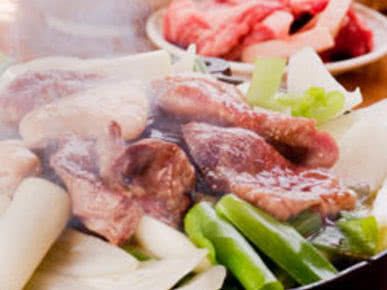
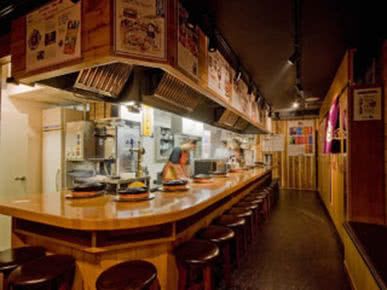
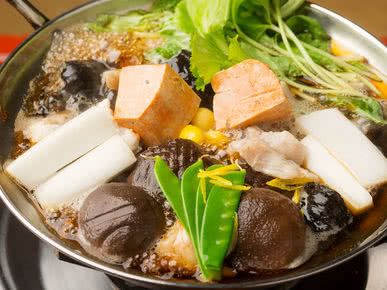
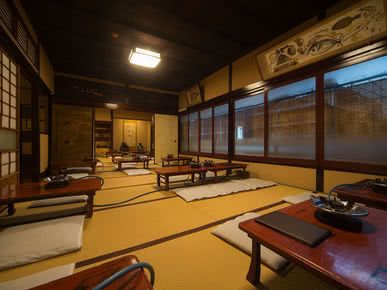
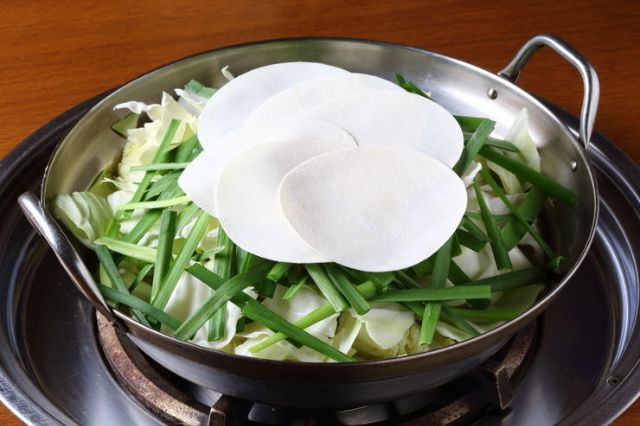
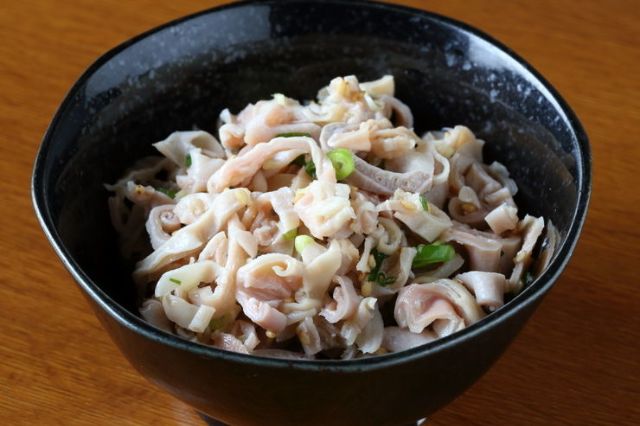
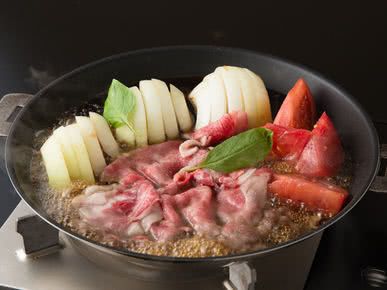
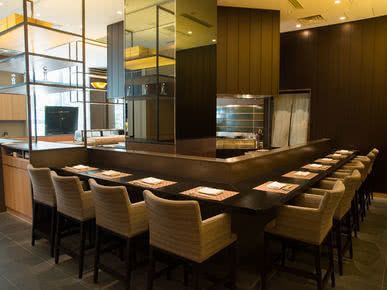









![Azabudai Hills [SUMI] (Janu Tokyo) ~ Editor's Afterword by the Editor-in-Chief of Japan's Gourmet Site](/gg/content_image//image/discover_oishii_japan/6536/article_head_150x105z.jpg)









